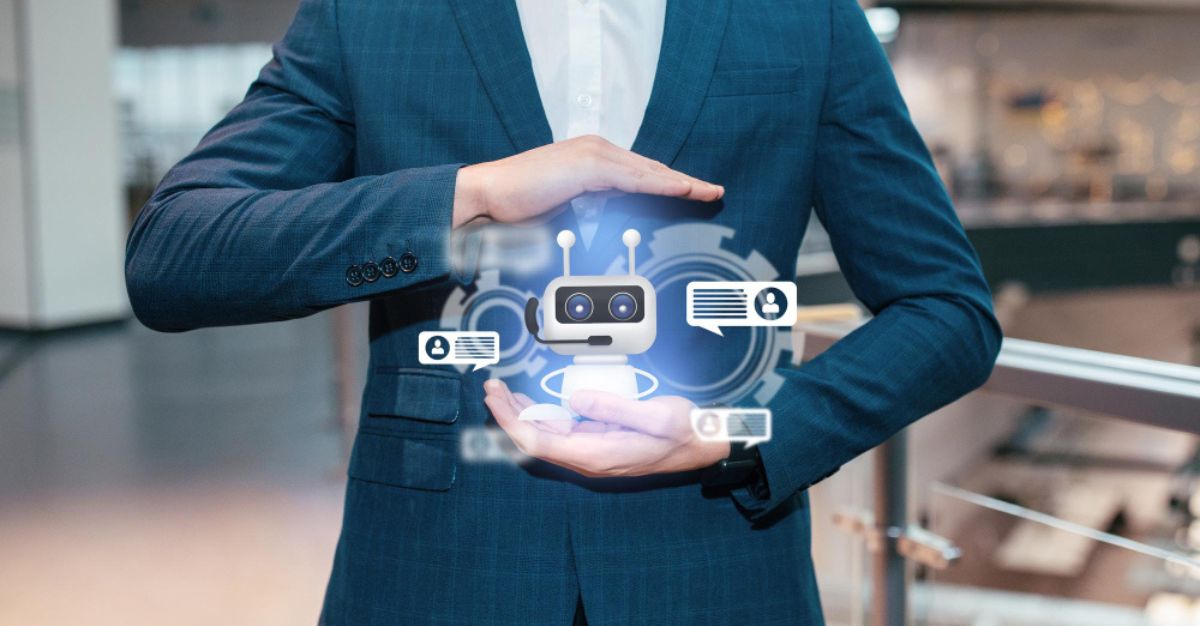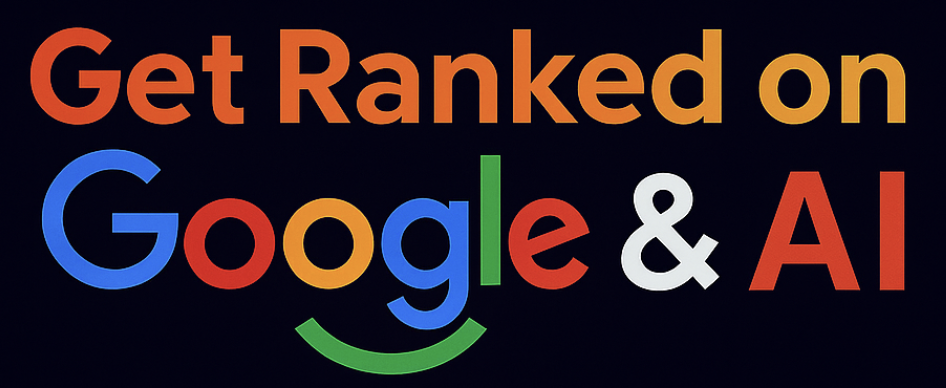A B2B AI chatbot has become one of the most talked-about tools in today’s business world. Buyers expect quick answers, personalised interactions, and continuous support.
They are no longer patient with slow email responses or unanswered calls. They look for live chat options and virtual assistance that feels instant.
Instead of acting as a basic tool, chatbots now work as part of a wider conversational AI strategy. They are being used to guide entire journeys: from the first click on a website through to long-term loyalty.
This article explores how chatbots shape every stage of the customer journey and why they are becoming a central part of the best chatbot strategies for B2B firms.
Table of Contents
1. Awareness Stage – Capturing and Qualifying New Visitors
The first impression on your website matters. Visitors often arrive curious but undecided, and this moment is your chance to guide them before they slip away.
Why Do B2B Websites Lose Visitors Before They Even Start ?
Many B2B websites attract decent traffic but fail to capture visitor intent. Anonymous users bounce, and sales teams struggle with an empty sales pipeline.
How a Smart Chatbot Becomes Your Digital Host
A well-designed ai-powered chatbot acts as a digital host. It:
- Greets new visitors with tailored conversation flows
- Shares helpful resources like case studies, blogs, or product demos
- Collects firmographic details such as industry and company size through natural conversation
This makes lead qualification much smoother, and data collection feels less like a form and more like dialogue.
Clicks to Leads: Turning Traffic into Opportunities
Instead of wasting traffic, chatbots convert visits into lead generation opportunities. They keep the sales team focused on valuable prospects while automation handles the basics.
If you are planning a new corporate website, think about including chatbot integration early so that the design supports conversational features.
2. Consideration Stage – Supporting High-Intent Prospects
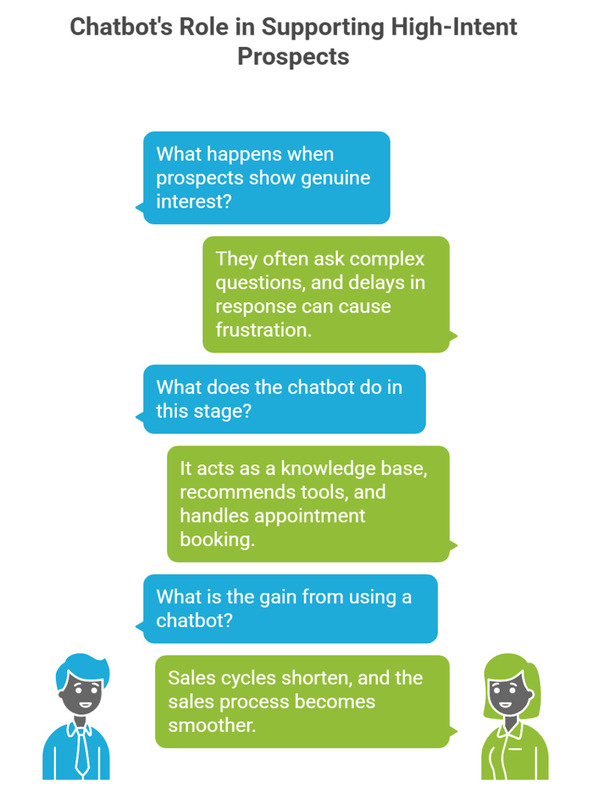
Once a prospect shows interest, it’s essential to keep them engaged and moving through the sales funnel. This stage is where the chatbot’s role becomes critical in answering questions and nurturing leads.
When Prospects Want Answers, Silence Kills Deals
When prospects show genuine interest, they often ask complex questions. Sales reps cannot always respond instantly, and this delay can cause frustration.
Chatbots That Educate, Engage, and Book Meetings Instantly
In this stage, the chatbot becomes part of B2B sales automation. It:
- Works as a knowledge base for product details, pricing, or technical specifications
- Recommends tools like ROI calculators, comparison sheets, or videos for better customer experience
- Handles appointment booking by checking sales reps’ calendars
By acting as a virtual assistant, the chatbot keeps prospects engaged and nurtured. It also enables better lead nurturing by offering tailored content at the right moment.
Shorter Sales Cycles, Stronger Buyer Confidence
Sales cycles shorten because prospects move forward confidently. The sales process becomes smoother, with fewer gaps where interest might fade.
If your brand is running LinkedIn Ads or Google Ads, linking the campaigns to a website chatbot ensures prospects receive instant engagement.
3. Decision Stage – Reducing Friction at the Final Hurdle
At this stage, prospects are almost ready to say yes, but even the smallest doubt or unanswered question can bring the entire deal to a standstill.
The Final Objection That Stalls Your Deal
Deals stall when clients raise objections or need final clarifications, especially when a sales rep is not available.
AI That Clears Doubts and Passes Hot Leads to Sales
Here, conversational AI steps in to reduce friction:
- Sales rep handoff: Transfers hot leads to a human agent, along with full chat history for context
- Provides legal, compliance, or procurement answers instantly
- Responds to objections around cost, integration, or return on investment
This blend of automation and human interaction forms part of a strong chatbot strategy.
Close Deals Faster Without Losing Momentum
Decisions are made faster, and deals close with fewer interruptions. The chatbot essentially acts as a sales chatbot, keeping momentum until a human steps in.
Businesses using video making services can pair chatbot-triggered demos with explainer videos, giving prospects clarity at this stage.
4. Post-Purchase Stage – Building Retention and Expansion
After closing a deal, the focus shifts from acquisition to ensuring customer satisfaction and fostering loyalty. This is where chatbots can really add value in post-purchase support.
Support Overload: When Clients Bombard You With Repetitive Requests
After the deal is signed, the real work begins. Clients often flood customer support with repeated requests such as password resets, invoices, or setup queries. These small issues can drain resources and affect customer satisfaction.
AI Chatbots That Support, Upsell, and Keep Customers Happy
An effective customer service chatbot transforms this stage by:
- Offering 24/7 support for routine questions
- Guiding onboarding through automated tutorials and proactive engagement
- Suggesting upgrades or add-ons by recognising customer profiles and usage patterns
- Gathering customer data through surveys to support long-term customer retention
This moves the chatbot into the role of AI assistant, focusing on retention as much as acquisition.
Stronger Loyalty, More Renewals, Higher Lifetime Value
The result is stronger loyalty and expansion opportunities. Companies can even use chatbot analytics to track engagement, response times, and satisfaction levels.
For businesses focused on ECommerce websites, chatbots not only improve post-purchase service but also encourage repeat orders.
How MISHU’s Conversational AI Streamlined Client Bookings
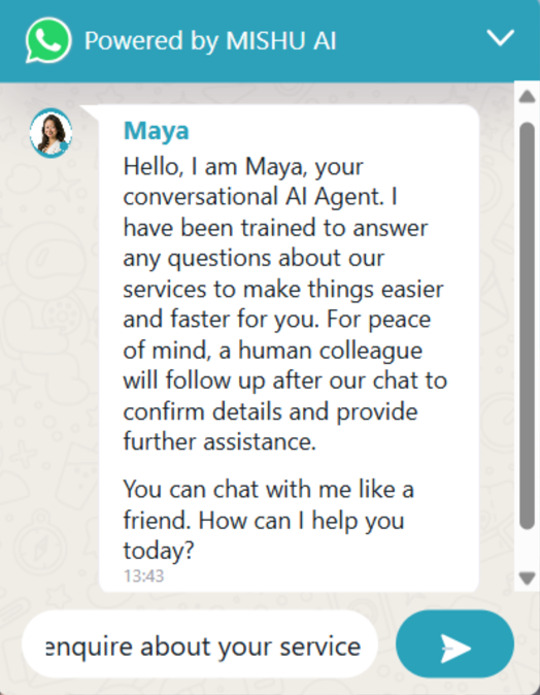
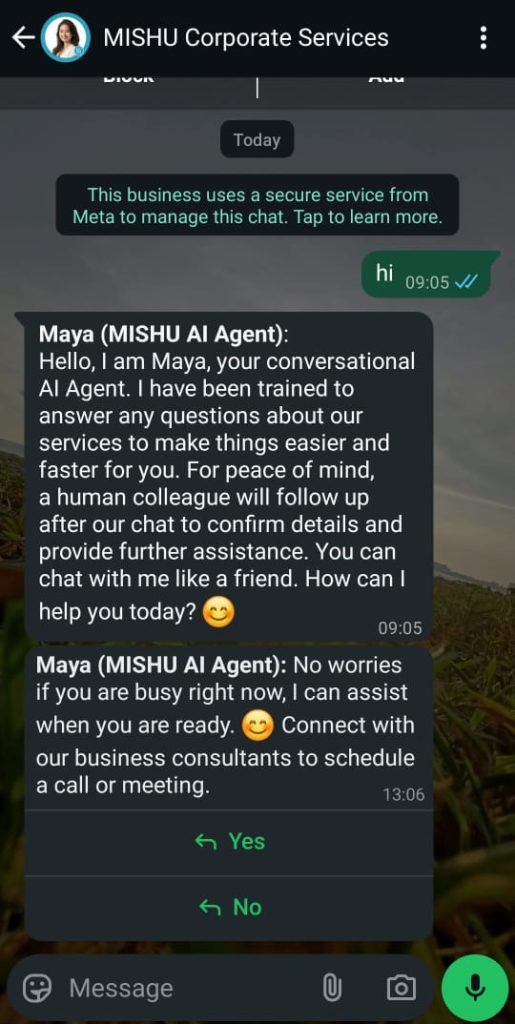
MISHU uses conversational AI through a WhatsApp chatbot to streamline appointment scheduling with clients.
This AI-powered system allows customers to easily book appointments in real-time, providing instant availability checks and seamless calendar integration.
By automating the scheduling process, MISHU improves client experience and boosts operational efficiency, ensuring that no opportunity is missed.
Looking Ahead – Chatbots as Growth Partners
AI is moving fast, and chatbots are advancing with machine learning and natural language processing to make interactions sound more human. The best chatbot platforms are adding chatbot builder tools, allowing companies to customise conversation flows to fit their business.
Future trends are already pointing towards:
- Chatbot integration with Slack, WhatsApp, and Teams
- Deeper CRM integration for smoother marketing automation
- Enterprise chatbot solutions that deliver account-based personalisation
These tools will not only manage queries but also act as sales technology that boosts sales productivity.
If you are planning campaigns across multiple platforms, services like social media marketing and YouTube ads can be aligned with chatbots to deliver more personalised interactions.
Start Powering Your B2B Journey with AI Today
The role of AI in B2B is expanding beyond efficiency into real revenue impact. A B2B AI chatbot no longer stands as a side tool; it acts as a growth partner throughout the entire customer journey.
When paired with strong content marketing, SEO services, and digital campaigns, chatbots can drive both acquisition and retention.
Ready to explore chatbot integration or other digital growth solutions? Contact Newnormz today and let’s build a strategy that accelerates your business growth.
